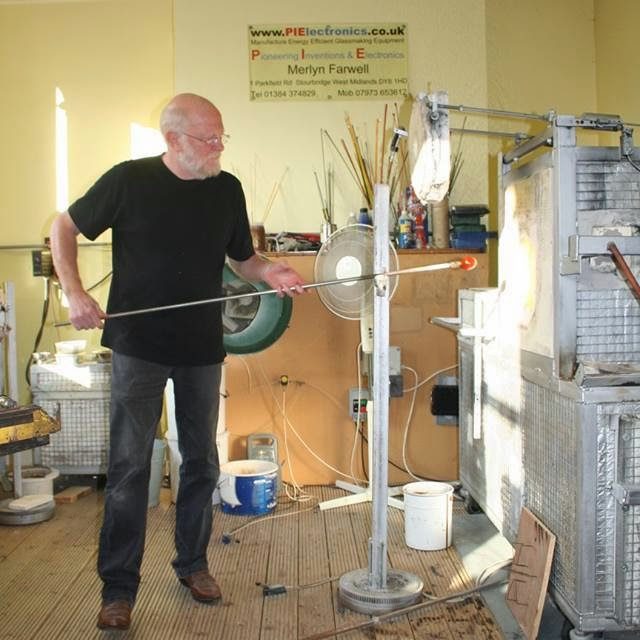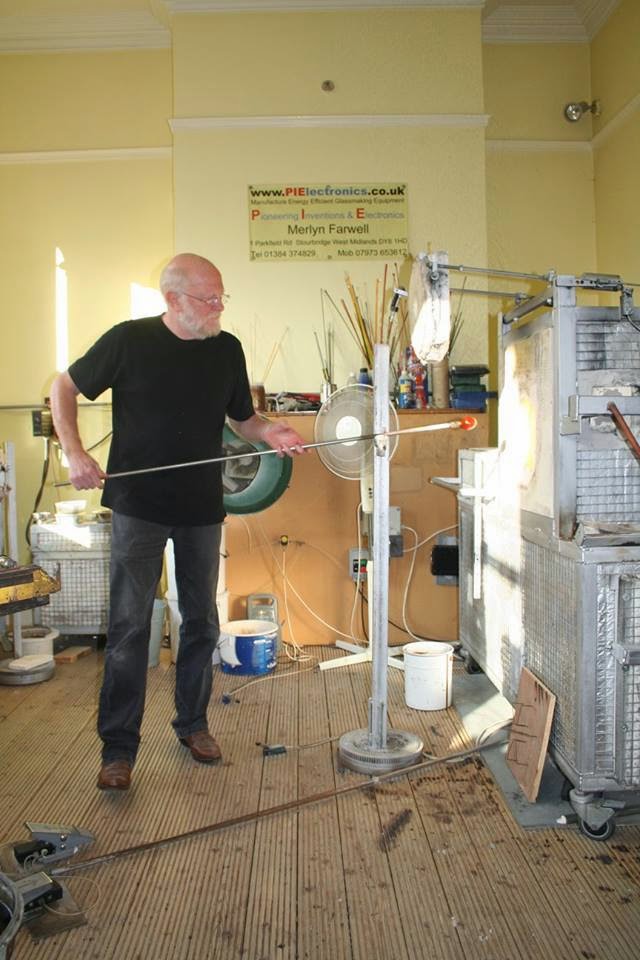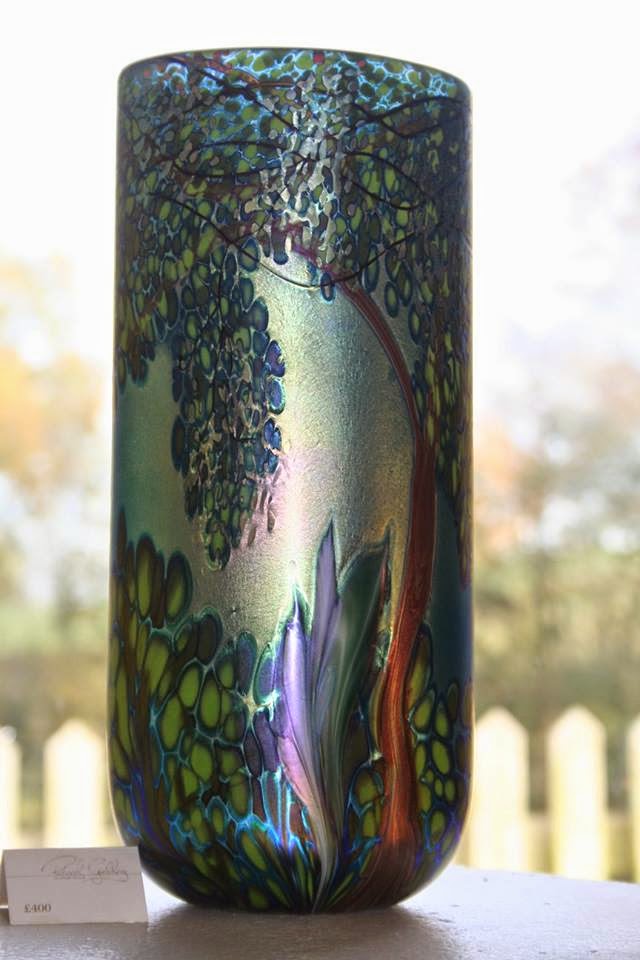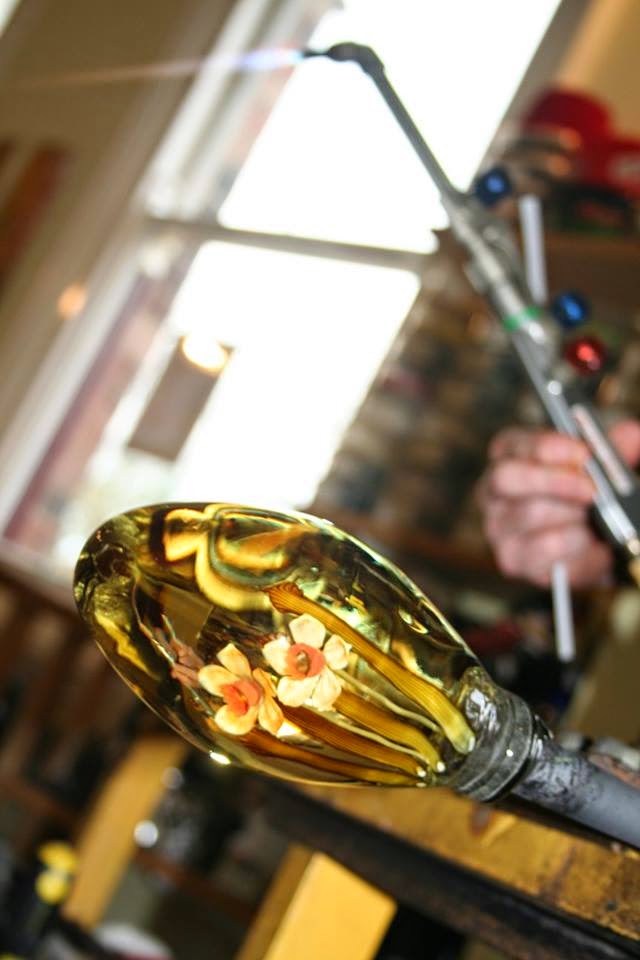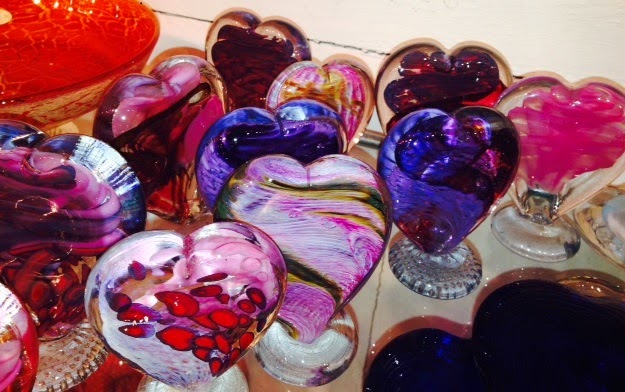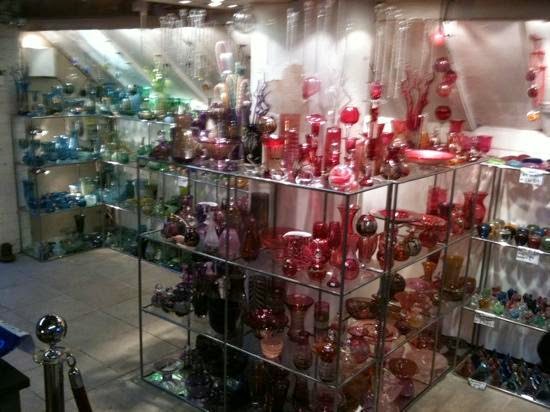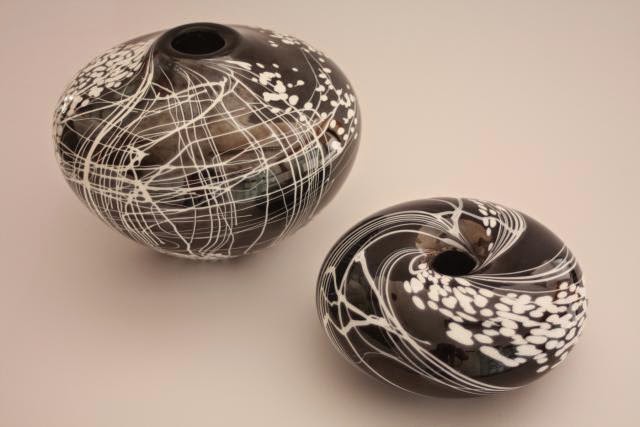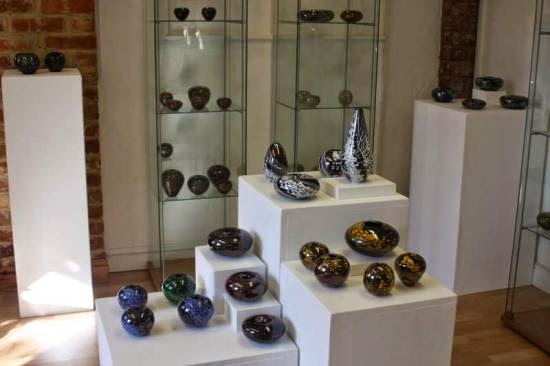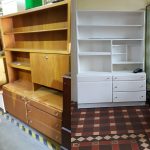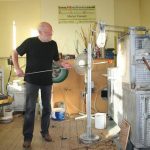So, what, I hear you cry, is the state of glass making in the UK right now?
Clearly this is the question on everybody’s (or nobody’s) lips. It’s on my lips/mind/brain anyway.
We have a few factories left that I know of, which are what I would call traditional glass factories with skilled workers. Dartington Glass, Cumbria Crystal, Caithness, Plowden & Thompson are the ones I am aware of, there may be more but I haven’t found them yet.
Many of our factories went out of business due to the importation of cheaper glass from India and China where wages are much lower and health and safety is non-existent. I also believe the raw materials are cheaper over there, probably because of the two aforementioned conditions whilst it is being extracted from the ground. Silica-sand being the main ingredient of glass which does need to be mined. We have a good seam going somewhere in Scotland at the moment I believe…
This is a link to an old (1991) film of a typical glass factory in India. From 3:50- 5:55 because you can’t grasp how dangerous it can be until you see a load of blokes chucking blowing irons with molten glass on the ends at each other…
https://www.youtube.com/watch?v=dPjDUXz0Fe8
As most of the glassware sold in the UK is now made abroad, this closed many of our factories, until only smaller independent studios and educational facilities remained. Then the recession hit. This closed many of our small studios or forced people to drastically change their products or their way of making.
Many people now hire a studio for a day or two of making their work as it is more affordable than running their own studio full time. (Which most of us don’t know how to do anyway as studio management/furnace building/equipment operation is not taught in Universities these days.)
The cost of hiring a studio for the day is high but they have to be to make it worth the while of the owner once you take in to account the running costs. The rates vary from studio to studio from £150 per day (Midlands based studio) to £450 per day (Manchester/London based studio). Often the artist will have to pay the wages of an assistant on top of this cost, or provide their own assistant or share days with another maker.
The small studios which are dotted around the country are the real driving force of the UK’s glass scene. Independent makers who have developed their own signature style, or really tailored their work to a niche area of the glass market.
With that in mind it’s artist spotlight time! Focusing on three glass makers who are still here after the recession and all have different approaches to their business.
Richard Golding; Founder of Okra Glass in 1979 Richard has worked in most glass environments, has built most of his own equipment and developed many highly skilled surface decoration techniques over his 36 years working with glass. These days he is semi-retired with a small studio called Station Glass, Shenton. (http://www.stationglass.com) He survived the recession by having a small army of collectors already established from the Okra days and by offering high-end, uniquely made glass pieces unlike any other maker in the UK.
Stuart Fletcher; Owner of Top Glass, Hanbury. Stuart has had a studio in the busy Jinney Ring craft centre for twelve years now. The shop has every available space filled with stock, including the ceiling. Baubles hang from the beams above whilst the shelves are crammed with varied pieces made by several different makers. Everything is organised mainly by colour.
The foot-fall generated by the craft centre is essential for getting through the quieter times of the year but Top Glass thrived throughout the recession by producing a wide variety of products for a variety of budgets. Smaller, cheaper pieces are the best sellers with a faster turnover than the larger, more time consuming pieces.
Jake Mee; Owner of Smithbrook Glassblowing Studio, Surrey. Jake sells his work through galleries as well as his own studio/shop. He also, like Richard, has an energy efficient furnace combo unit which is not designed for large scale or mass-production work. Jake runs day courses which seem to be his main source of income, he also runs demonstrations for schools and other groups. He is perfectly placed in Surrey to attract well-off clients who want to try something new and exciting and maybe purchase glass whilst they are there. He has tailored his practice to suit the placement of his studio perfectly.
With the small studio glass movement thriving in this new “Handmade in Britain” era, I wonder if history will repeat itself… With art prices getting higher, then the mass produced art will creep back like in the Art Nouveau period and there will be a need for industrial practices again which could bring some glass factories back to Britain. That would be nice in the long run because almost all the people who have the knowledge of how to effectively run a large-scale glass factory are retired, dead or living in another country.
The UK glass making world is small and it’s getting smaller. There will always be glass makers around but they will learn and perfect small, specialised areas or techniques in their little studios. This means better glass, more varied artisans, and hopefully a highly successful small-scale glass movement within whatever vast, general, artistic movement we are currently living through.
One thing is certain, people are much more willing to buy a piece of handmade glass once they have seen a person making the glass. For the average person, it seems they fail to consider the making process at all when looking at a piece of cold glass unless they see someone forming the glass whilst it’s hot. The greater the understanding of the consumer, the greater UK glass will be.
Lets unite and show them what we can do!

